- Details
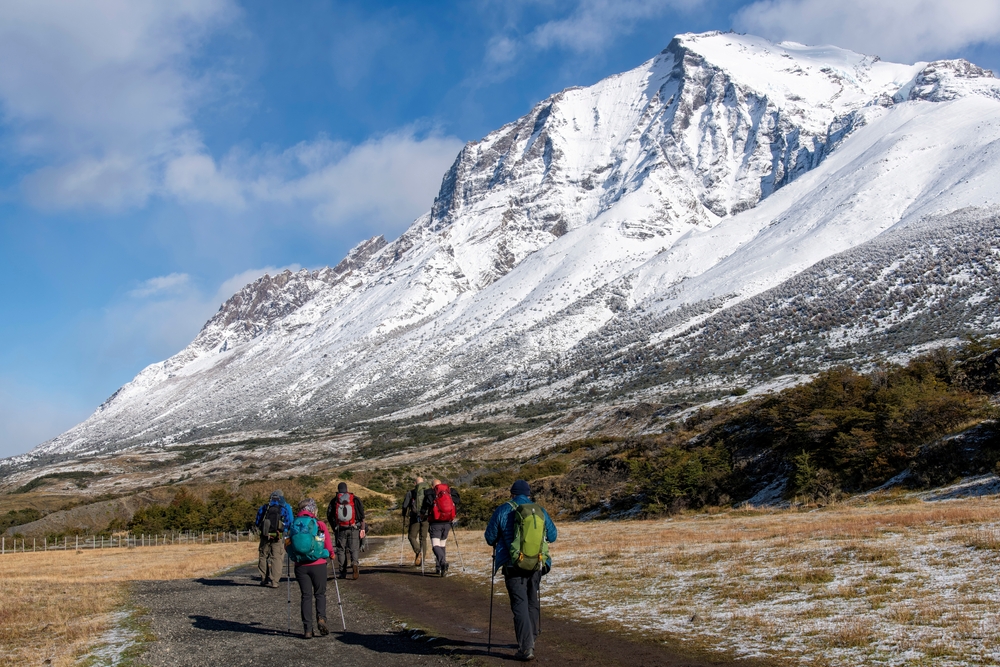
Located in the stunning region of southern Patagonia, Torres del Paine National Park is a breathtaking natural reserve that attracts adventurers, nature lovers, and photographers from around the globe. Renowned for its dramatic landscapes, unique geological formations, and diverse wildlife, this Chilean gem is a must-visit destination for anyone seeking to immerse themselves in the beauty of the great outdoors. From the iconic granite peaks of the Torres del Paine massif to the vibrant flora and fauna found throughout the park, it offers an unparalleled experience that showcases the raw beauty of Chilean Patagonia.
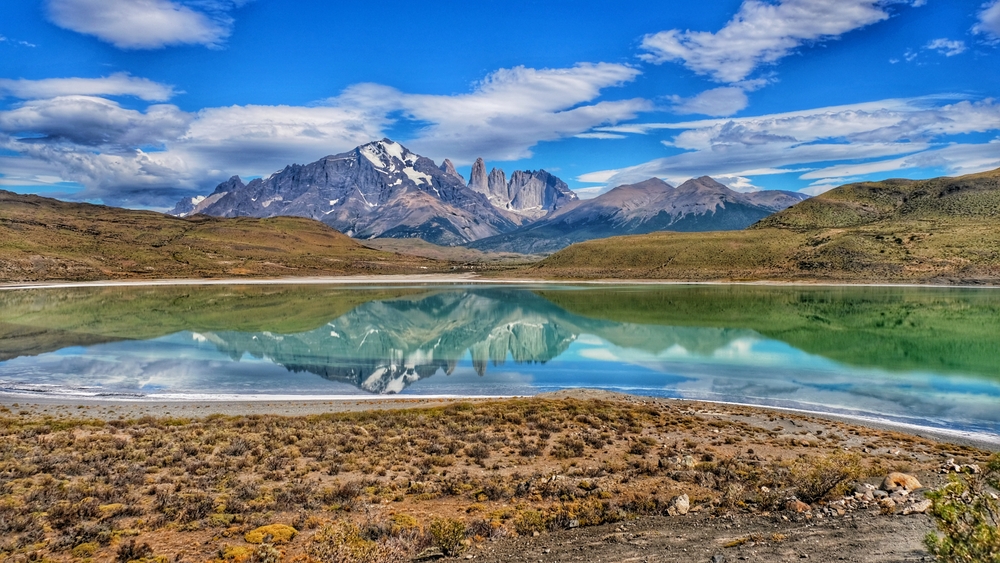
What is Torres del Paine National Park famous for?
Key Attractions within Torres del Paine
Torres del Paine National Park is famous for its striking natural features, particularly the towering granite spires known as Las Torres, which rise majestically above the surrounding landscape. Each year, these iconic formations draw trekkers and climbers eager to conquer their heights. Another prominent feature is the Cuernos del Paine, characterized by their distinct black and white granite layers that create a striking contrast against the blue skies. Visitors can also marvel at the stunning Grey Glacier, part of the Southern Patagonian Ice Field, which captivates with its brilliant blue hues and massive icy expanse. These key attractions, along with the park’s shimmering lakes and winding rivers, make it a visual feast for all who venture here.
Wildlife and Flora in Patagonia
Within the park, the biodiversity is abundant, making it a fantastic spot for wildlife enthusiasts. The region is home to a variety of species, including guanacos, pumas, and the majestic Andean condor. The park's diverse ecosystems support a wide range of flora, from the vibrant wildflowers that bloom in the spring to the resilient lenga and coihue trees that provide shelter to the area's fauna. Bird watchers will also find joy in the richness of avian life, with many species making their home in the park's varied habitats. The unique combination of wildlife and flora in Torres del Paine creates a vibrant tapestry of life that illustrates the ecological significance of this area.
The Unique Geography of Chile's Torres del Paine
The geography of Torres del Paine is defined by its dramatic contrasts, from snow-capped mountains to arid steppe. The Paine Massif, with its rugged peaks and valleys, offers a striking backdrop to the diverse terrain found within the park. Glacial lakes such as Lake Pehoé and Lake Grey reflect the surrounding mountains, further enhancing the park's breathtaking beauty. The unique geological formations, including the granite towers and glacial valleys, have been shaped by millions of years of natural processes, creating a landscape that is both awe-inspiring and humbling. This diverse geography not only provides stunning vistas but also supports a variety of outdoor activities that attract visitors year-round.
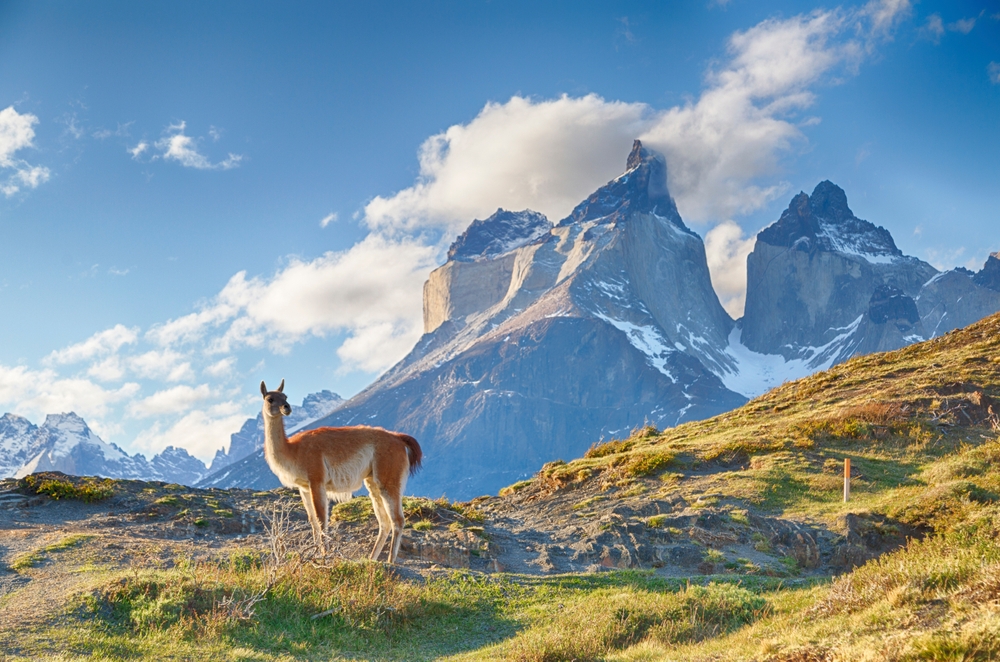
How to get to Torres del Paine from Puerto Natales?
Transportation Options to Torres del Paine
To visit Torres del Paine, most travelers arrive via Puerto Natales, a charming town that serves as the gateway to the national park. Various transportation options are available for making the journey from Puerto Natales to Torres del Paine. The most common method is by bus, with several companies offering regular services that take about two hours to reach the park entrance. Alternatively, travelers can opt for private transfers or rent a car for more flexibility in exploring the area. Some tourists also choose to join guided tours that include transportation and expert insights into the park's natural wonders.
Best Routes to Visit Torres del Paine National Park
When planning how to get to Torres del Paine, the best route typically involves traveling along Route 9 from Puerto Natales, which then connects to Route 81 leading directly to the park. This scenic drive offers picturesque views of the Patagonian landscape, making the journey as enjoyable as the destination itself. Upon arriving at the park entrance, visitors will find well-marked routes that lead to the main attractions, ensuring easy navigation throughout the park. It is advisable to arrive early in the day to maximize time spent exploring the stunning natural beauty of Torres del Paine.
Travel Tips for Reaching Torres del Paine
Traveling to Torres del Paine can be an unforgettable experience, but it is important to plan ahead. Be mindful of the park's entrance fee, which supports conservation efforts and maintenance of the park. It's also wise to check the weather conditions before setting out, as Patagonian weather can be unpredictable. Dress in layers to accommodate temperature changes throughout the day, and ensure that you have enough supplies, including food and water, especially if you plan on hiking or trekking within the park. Preparing adequately will enhance your experience as you explore the breathtaking landscapes of Torres del Paine.
What is the best time to visit Torres del Paine?
Seasonal Weather in Torres del Paine National Park
The best time to visit Torres del Paine National Park largely depends on the type of experience you seek. The peak season typically runs from October to April, when the weather is warmer and more stable, making it ideal for trekking and outdoor activities. During this period, temperatures can range from 50°F to 70°F (10°C to 20°C), allowing for comfortable exploration of the park’s stunning features. However, even in peak season, it is important to come prepared for sudden weather changes, including rain and strong winds.
Peak vs Off-Peak Visiting Times
While the peak season offers the best weather for outdoor activities, visiting during the off-peak months of May to September has its own advantages. The park is less crowded, allowing for a more tranquil experience, and the chance to witness the unique beauty of Torres del Paine in winter's embrace is captivating. Snow-covered peaks and frozen lakes create a different kind of magic, appealing to photographers and nature lovers alike. However, visitors during this period should be prepared for colder temperatures and possible trail closures due to snow.
Activities Available During Different Seasons
Throughout the year, Torres del Paine offers a variety of activities to engage in, regardless of the season. Spring is perfect for wildflower viewing and wildlife sightings, as animals are more active during this time. Summer is ideal for trekking the W Trek or Los Glaciares circuit, while fall brings stunning autumn colors to the landscape. In winter, visitors can enjoy snowshoeing and winter trekking, allowing an entirely different perspective of the park's beauty. Each season offers unique experiences that make visiting Torres del Paine a truly year-round destination.
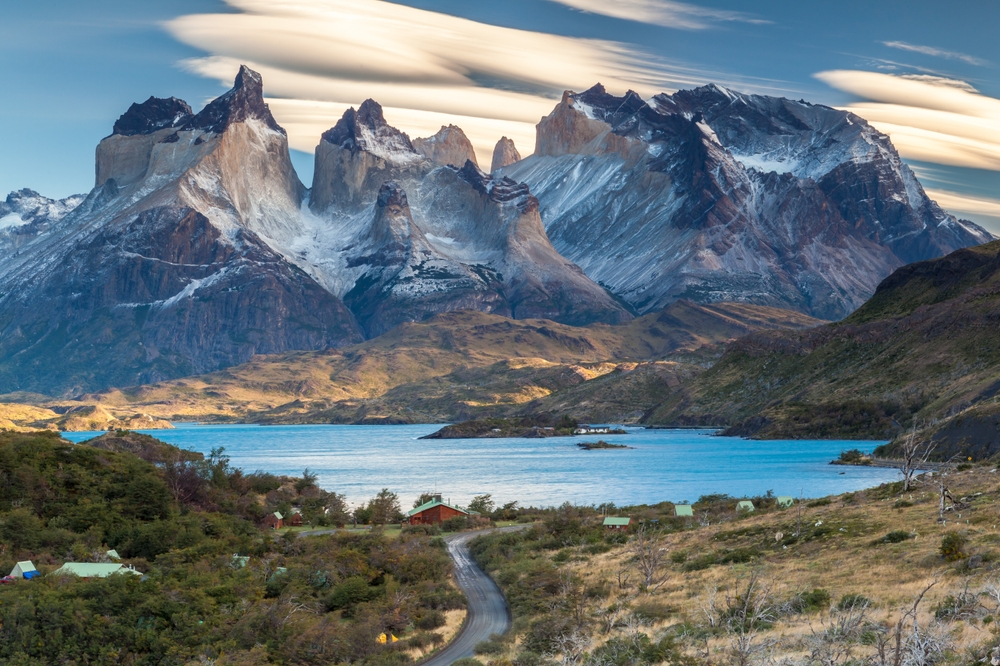
What accommodation options are available at Torres del Paine?
Types of Lodges and Refugios in the Park
Accommodation options within Torres del Paine cater to a variety of preferences and budgets. Refugios, or mountain lodges, provide basic yet comfortable lodging for trekkers and are often located along popular routes like the W Trek. These refugios offer shared dormitory-style rooms and communal dining, creating a social atmosphere among hikers. For those seeking more comfort, there are several hotels in Torres del Paine, including the renowned Hotel Las Torres and Hotel Lago Grey, which offer luxurious amenities and stunning views of the surrounding landscape. Each accommodation type allows visitors to experience the park's beauty in their own way.
Camping vs. Staying in a Lodge
Camping is another popular option for visitors who wish to immerse themselves in nature. Campsites throughout the park allow for a more rugged experience, with the chance to fall asleep under a blanket of stars. However, those who prefer a more relaxed stay may opt for lodges, which provide more amenities and comfort. The choice between camping and staying in a lodge ultimately depends on personal preferences and the type of adventure one seeks while exploring the beauty of Torres del Paine.
Booking Tips for Torres del Paine Accommodation
When planning a visit to Torres del Paine, it is crucial to book accommodation in advance, especially during the peak season. Many lodges and refugios fill up quickly, so securing a spot well ahead of time is advisable. Additionally, consider the location of your accommodation in relation to the trekking routes and attractions you plan to visit, as this can greatly enhance your experience. Whether you choose to stay in a lodge or set up camp, planning your accommodation ahead of time ensures that you can fully enjoy your days in the park.
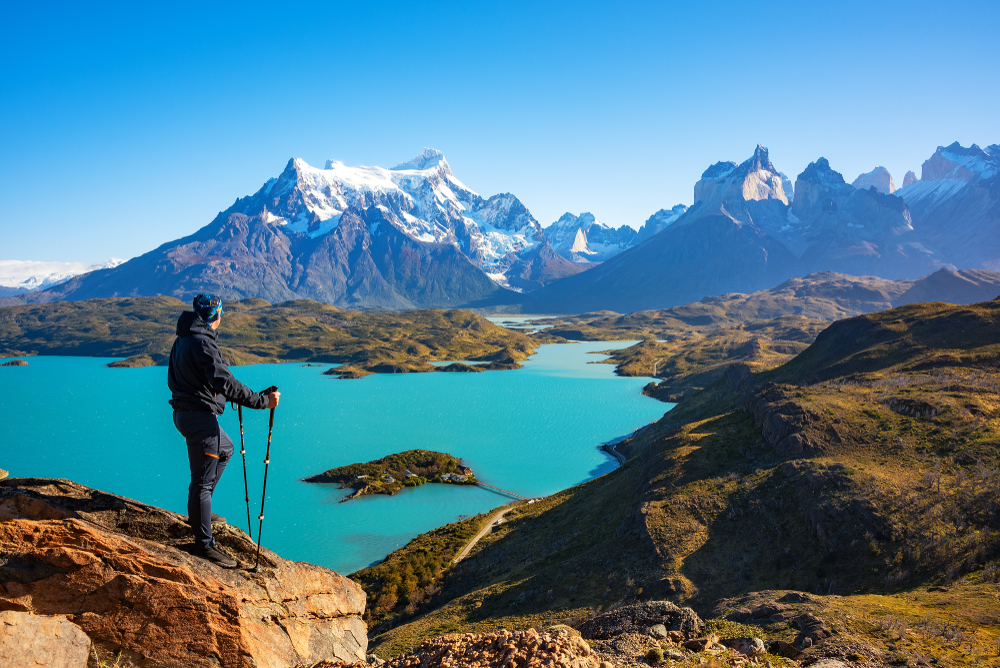
What trekking routes are recommended in Torres del Paine?
The W Trek: Overview and Highlights
The W Trek is one of the most popular trekking routes in Torres del Paine, attracting thousands of hikers each year. This iconic trail takes approximately four to five days to complete, showcasing the park's most stunning highlights, including Las Torres, the French Valley, and Glacier Grey. The trail is well-marked and offers a mix of challenging and moderate sections, making it suitable for a range of fitness levels. Hikers can enjoy breathtaking panoramic views at every turn, with ample opportunities for photography and wildlife spotting along the way.
Exploring the French Valley and Glacier Areas
During the trek, the French Valley is a standout feature, offering a unique perspective of the surrounding peaks and valleys. Hikers can venture into the heart of the valley, where the famous French Glacier is located, providing stunning views of the granite formations that define the park. Additionally, trekking to Glacier Grey allows visitors to witness the impressive ice formations up close. These areas are perfect for those who wish to experience the raw power of nature and appreciate the geological wonders of Torres del Paine.
Safety Tips for Trekking in Patagonia
While trekking in Torres del Paine can be a rewarding experience, it is important to prioritize safety. Always check the weather forecast before setting out and be prepared for sudden changes. Carry adequate supplies, including water, food, and a first aid kit, as well as appropriate clothing for varying conditions. Inform someone of your trekking plans and expected return time, especially if hiking alone. By taking these precautions and respecting the natural environment, visitors can enjoy a safe and memorable adventure in the stunning landscapes of Torres del Paine National Park.
